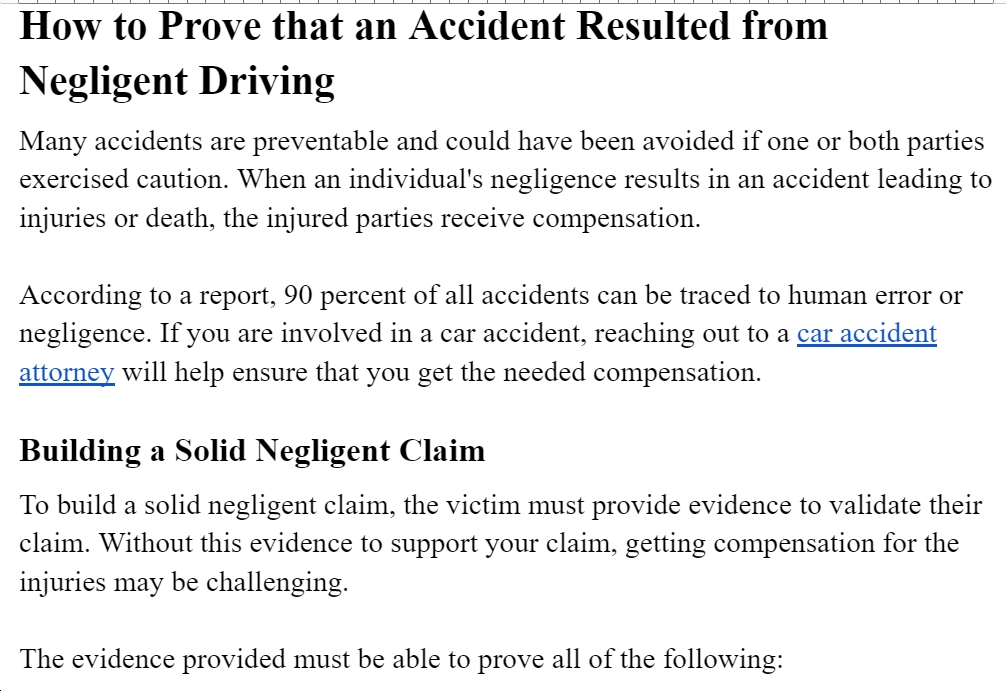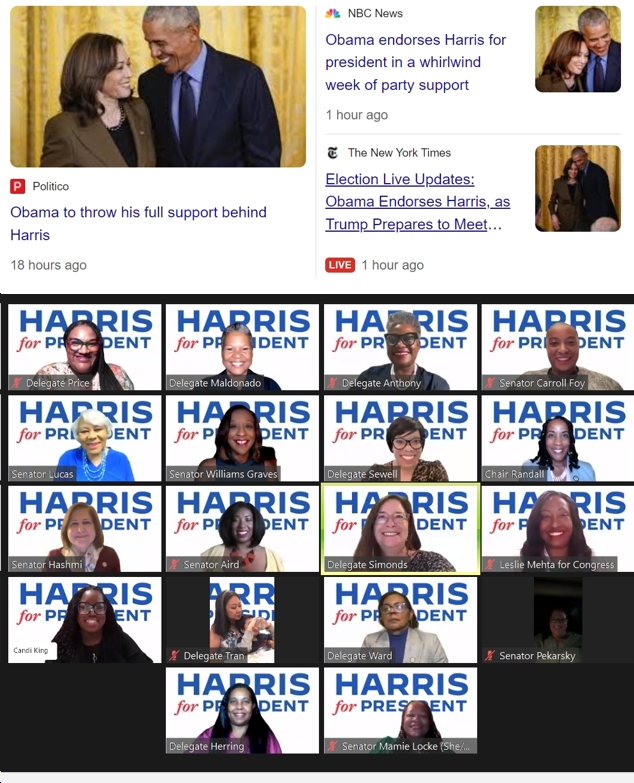Innumerable client cases have gotten messages from enormous web organizations (for instance, Microsoft or the Workplace 365 cloud administration) containing QR codes. The body of these messages contains a source of inspiration, i.e., examining the QR code to keep up with admission to your record. We will see what to do here, assuming you get this message.
Scan The QR Code Or Face The Inevitable
This sort of email commonly contains a notice that your record secret key will lapse, and you risk losing access to your inbox. It would help if you changed your private key by checking the QR code in the email and adhering to additional guidelines. For instance, another email could tell the beneficiary that their “confirmation meeting lapsed today.”
To cure this, the message proposes, “Output the QR code underneath with your cell phone to re-verify your security secret phrase.” Any other way, you might not be able to get to your post box. Another model: the message pleasantly illuminates you that “this email comes from a confided-in source”. We’ve previously discussed why messages set apart as “checked” should be dealt with carefully.
To come down to the beneficiary, it is determined that “three significant messages” can’t be conveyed because of an absence of approval. Checking the QR code given will take care of the issue. The creators of these messages need to scare unpracticed clients with high-sounding words. They likewise trust that the beneficiary knows about validation applications that use QR codes, so their simple notice is sufficient to evoke ambiguous affiliations.
Also Read: [email protected] – Effective Email Marketing Advertisement
What Occurs On The Off Chance That You Examine The QR Code In The Email?
The connection in the QR code prompts a persuading imitation regarding a Microsoft login page. Usually, all certifications that go into phishing pages will wind up in the possession of cybercriminals. Moreover, this will endanger the records of clients who fall into the snare. Strangely, some phishing joins in QR codes lead to IPFS assets. IPFS (InterPlanetary Document Framework) is a correspondence convention for record sharing that shares much practicality with deluges.
It permits you to distribute any record online without enlisting areas, utilizing facilitating administrations, or facing different difficulties. As such, the phishing page is found straightforwardly on the cybercriminal’s PC and is opened using a connection through a specific IPFS passage. Cybercriminals utilize the IPFS convention since it makes it much simpler to distribute a page (and substantially more testing to eliminate a phishing page than obstructing a “typical” malignant site). This makes the associations last longer.
How To Protect Yourself From Phishing QR Codes
No genuine confirmation framework proposes examining a QR code as the leading choice. On the off chance that you get an email requesting that you affirm something, log once again into your record, reset your secret key, or accomplish something almost identical. Assuming you have a QR code to do as such, you probably need to manage a phishing endeavor.
You can securely disregard and erase the email. Nonetheless, when you want to filter a QR code from an obscure source, we suggest our security arrangement with its protected QR code examining highlight. The items in the QR codes will be checked, and a warning will be shown if they are seen as vindictive.
Also Read: Business Email: 9 Reasons To Use Outlook



